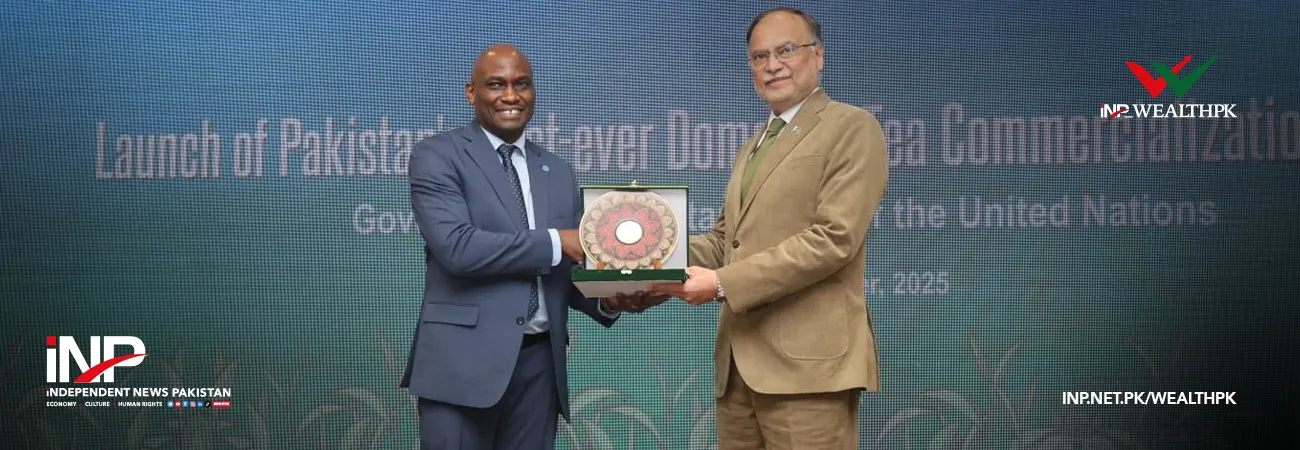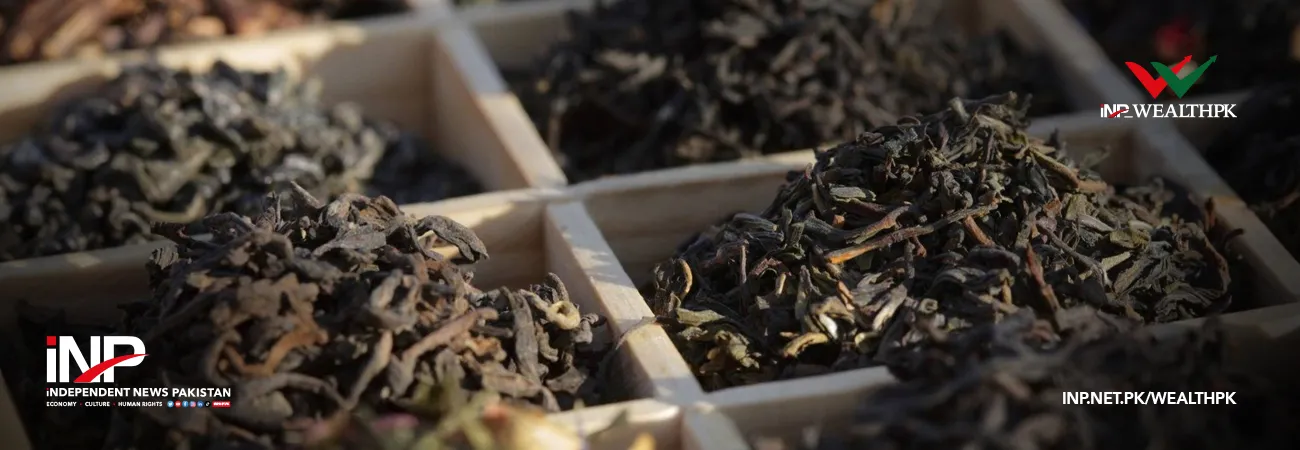INP-WealthPk
Muhammad Asad Tahir Bhawana
The economic activity has remained relatively low since the third quarter (Jan-March 2023) of the ongoing fiscal year. However, the Ministry of Finance in its monthly economic outlook anticipates improvement in the coming months, reports WealthPK. As of May 26, 2023, Pakistan's aggregate liquid foreign exchange reserves totalled $9.5 billion, with the State Bank of Pakistan (SBP) holding $4.1 billion in reserves, while the reserves of commercial banks remained unchanged at $5.4 billion.
Similarly, during the 10-month period (July-April) of FY2023, the current account presented a deficit of $3.3 billion, in contrast to the previous year's deficit of $13.7 billion. This improvement can be primarily attributed to reduction in imports. Notably, in April 2023, the current account recorded a surplus of $18 million, compared to a deficit of $640 million during the same period last year. This positive shift largely emanated from an improvement in the trade balance.
The report further revealed that the KSE-100 index demonstrated a significant upswing in performance in April 2023, witnessing a gain of 1580 points. It concluded at 41,581 points as of April 28, 2023, accompanied by a corresponding market capitalization of Rs 6,290 billion. Moreover, foreign direct investment (FDI) during the July-April period of the current fiscal year amounted to $1,170.1 million, indicating a decline of 23.2 percent compared to the previous year's figure of $1,523.7 million. Among the major contributors, China accounted for $347.6 million (29.7 percent), Japan $162.9 million (13.9 percent), Switzerland $131.6 million (11.2 percent), and the United Arab Emirates $113.6 million (9.7 percent) of the total FDI.
In terms of sectors, the power sector attracted the highest FDI of $504.1 million (43.1 percent of the total FDI), financial business sector $264.5 million (22.6 percent), and the oil & gas exploration sector $128.2 million (10.9 percent) of the total FDI. The large-scale manufacturing (LSM) sector experienced 8.1 percent contraction during the July-March period of the current fiscal year. This decline can be attributed to various factors, including disruptions in the supply chain, inflationary pressures, increases in input prices, and continuation of contractionary policies aimed at addressing macroeconomic imbalances domestically.
The agriculture sector is projected to witness a growth rate of 1.55 percent for the Fiscal Year 2023. However, the growth of significant crops has witnessed a decline of 3.20 percent. This decline can be attributed to a decrease in cotton production by 41 percent, resulting in a decline from 8.33 million bales to 4.91 million bales. Additionally, rice production decreased by 21.5 percent to 7.32 million tonnes compared with 9.32 million tonnes. Several significant factors impacted the economic activities during the fiscal year. These factors include policy tightening measures, flood impacts, import limitations, high levels of borrowing, increased fuel costs, and political uncertainty. Taken together, these factors had a dampening effect on the overall economic performance during the year under review.
Credit: Independent News Pakistan-WealthPk













